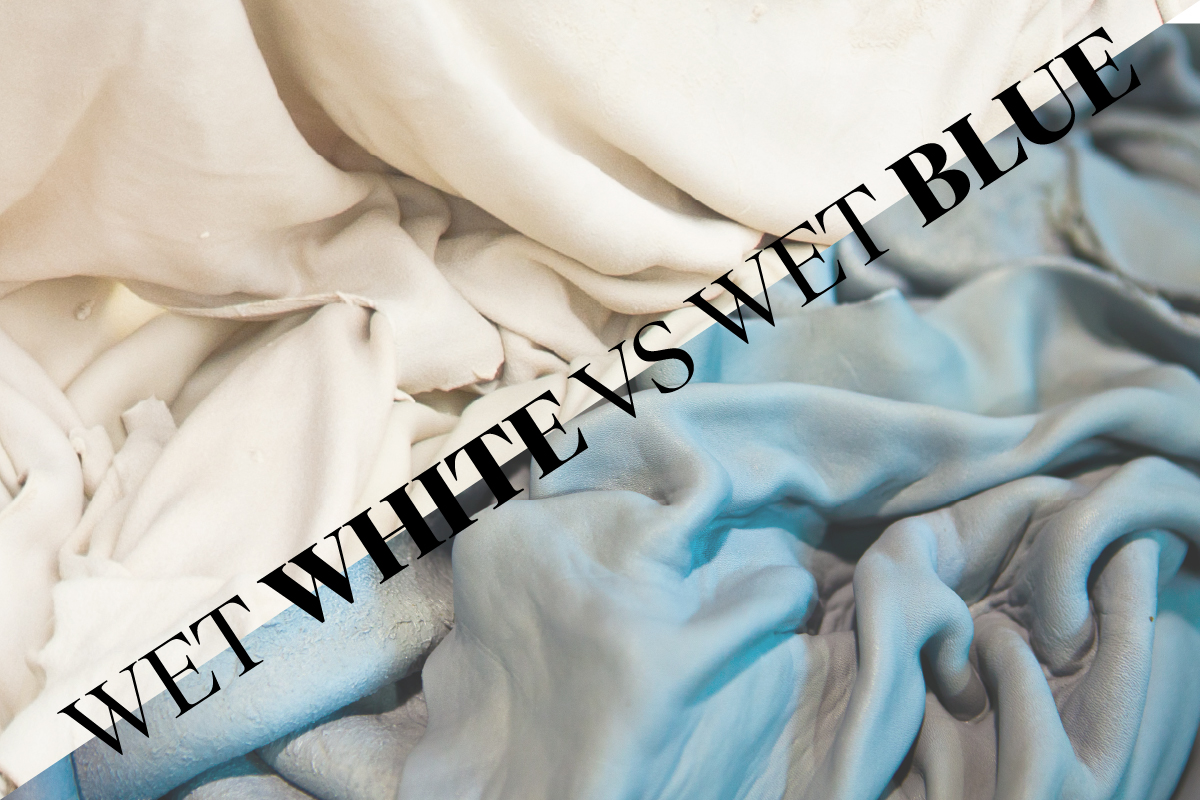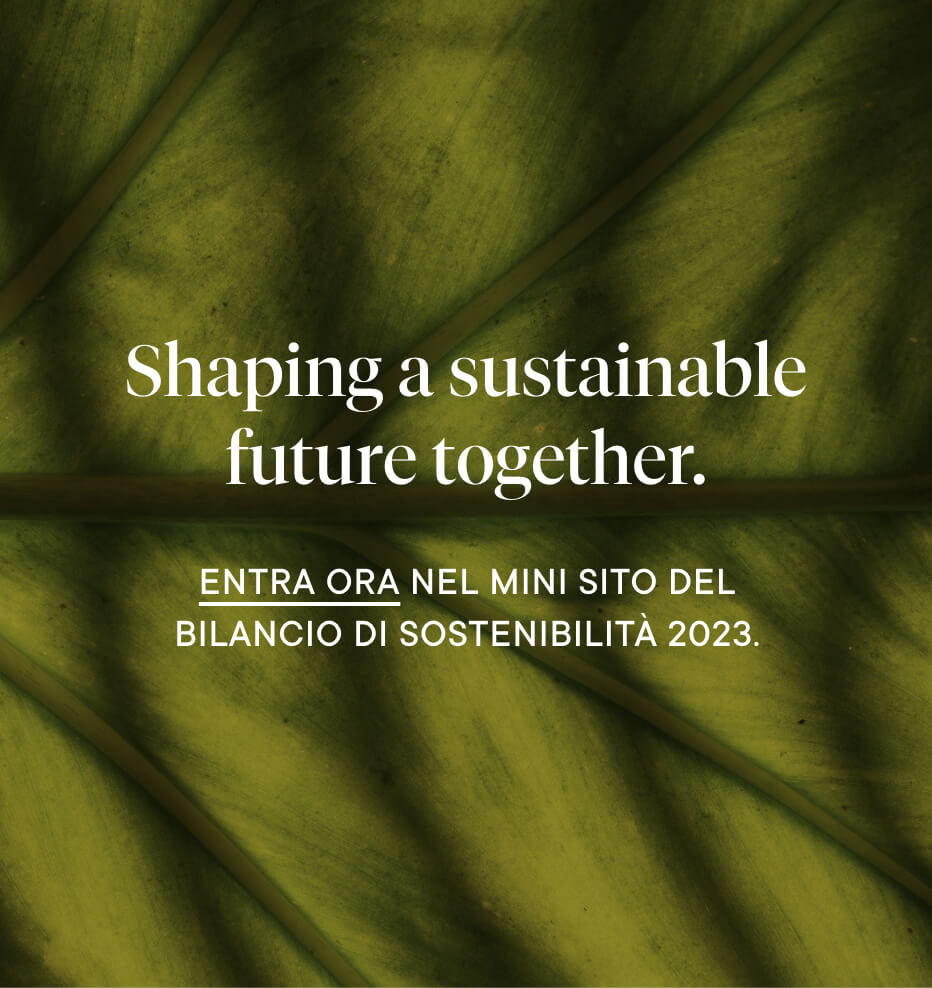Journal
View allWhat is the difference between wet-blue and wet-white leather?

The classification between wet blue and wet white leather depends on the tanning stage. Let's take a detailed look at how these two types of leather are produced.
Tanning process of wet white and wet blue leather.
The leather production cycle involves several stages of operations.
The first treatment, which is intended to prepare the raw hides for subsequent tanning processes, fall under the phase known as “riviera.” The Riviera operations range from desalting to the chemical operations of greening, depilation, and liming carried out in the drum houses, to the mechanical operations of fleshing, trimming, and splitting. Only after these preliminary treatments can the hides be processed with tanning agents.
From this first tanning process (also called pre-tanning) we obtain two types of intermediate products depending on the chemical reagents that are used: the “wet blue” leather and the “wet white” leather. Two categories of tanning agents can be identified: chromium or metal-free alternatives (e.g., vegetable or synthetic tannins). The choice of tanning agent visibly translates into appearance. At the end of pre-tanning, “wet blue” leathers have a light blue color due to the use of chromium, while “wet white” leathers have a lighter appearance because they are tanned without chromium.
Advantages and disadvantages of wet blue and wet white leather.
Wet white leather usually has a light color with pastel shades. It is soft, lightweight, and pleasant to the touch. Its beauty remains intact over time. However, the production cost is slightly higher, and it requires more control compared to chrome tanning. Wet blue leather, on the other hand, is renowned for being extremely durable, making it ideal for footwear, accessories, and leather upholstery. After tanning, the leather becomes soft and easy to work with, allowing for various applications.
Which leather to choose?
The purpose of the tanning process is to stabilize the dermal tissue and make the leather non-perishable. Tanned leather increases in size, resistance to mechanical actions, chemical agents, and heat. These processes make the leather suitable for various uses. As mentioned earlier, wet blue leather is known for its resistance, flexibility, and durability. It is ideal as leather for footwear and leather goods, especially for items subject to wear and tear over time. It is also excellent as leather for furniture upholstery, as it retains its structure over time. Wet white leather, on the other hand, being softer and lighter, is well-suited for bags and high-quality accessories, as well as for luxury furniture upholstery.
Each material offers unique advantages for high-quality products. Contact us to choose the best solution for your next leather project!
DANI reaffirms Carbon Neutrality commitment
Next news




